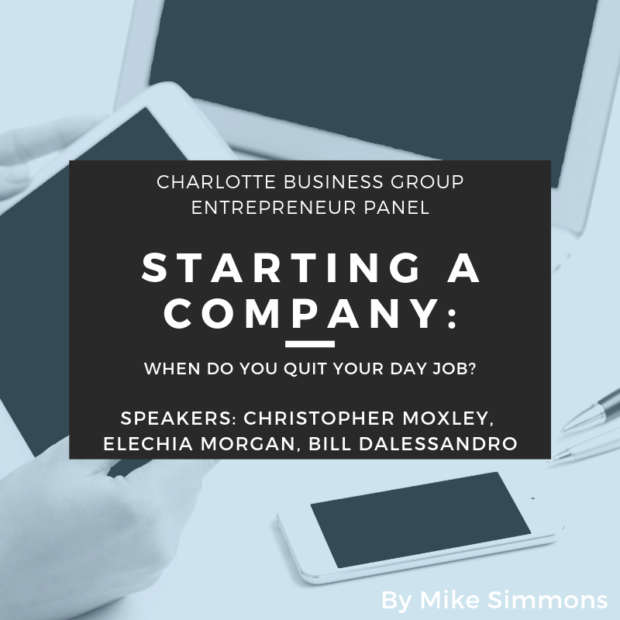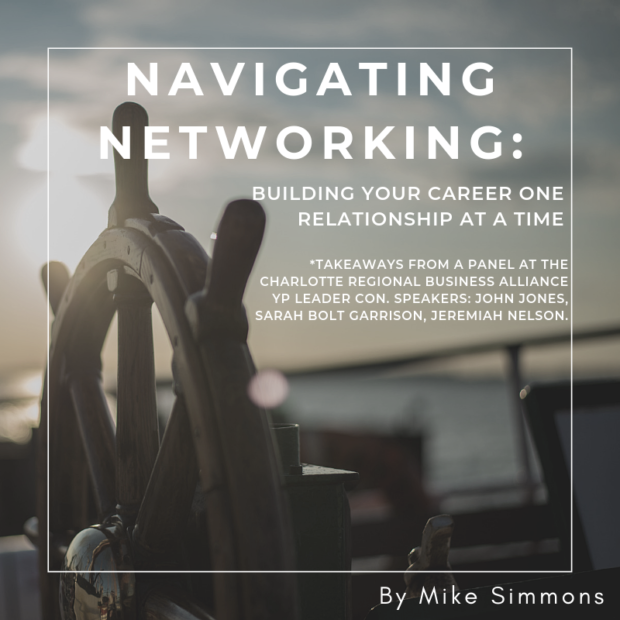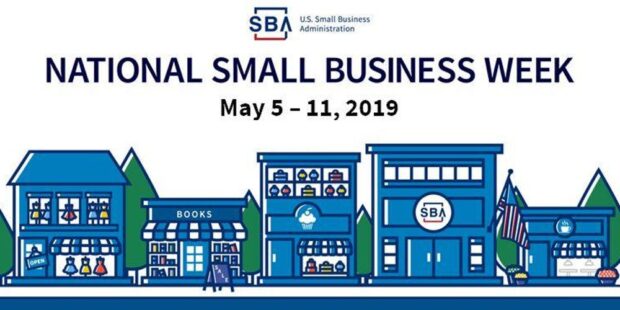The brewery and winery industries have been fortunate to have experienced a major boom in public interest along with media attention over the past few years. Just opening a new location has been a major event that has typically generated a lot of buzz and received coverage by every Business Journal and local social media influencer alike. That’s not to say that marketing breweries and wineries has been easy of course, far from it.
Once the grand opening has passed, and the novelty subsides, the business must continue to attract a loyal and recurring customer base, in addition to the one-off tourists and large groups as well. While all businesses have their tried-and-true marketing methods that work, we wanted to offer up some that may appear obvious, but they truly work. And when done effectively in conjunction with a robust marketing and sales strategy, they’ll keep your brewery or winery full of customers for a long time to come.
Tastings and tours are a “must” for any brewery, winery, cidery, or distillery. However, even if you diligently open your brewery daily for happy hour, there’s much more you can do to raise product awareness. In order to broadcast your brand’s name, it helps to bridge the gap between physical and digital. While locals and tourists might stop in for some beer, wine, or cider, incorporating digital marketing into your outreach campaign will multiply your success. These digital marketing strategies help breweries and wineries attract interest and show off their new craft beer and wine releases, as well as just consistently get people through the door.
Blog Posts
Creating a new beer, wine, or cider is still big news. Your fans (and prospects) want to hear about it! However, people also want to know what they’re getting into before purchasing beer from a brewery. For many, that means doing some research beforehand. Introducing a new beer, wine, or cider through blogging is a fun, creative, and informal way to get word out of your newest product. Along with sharing information about the new release and the story behind your winery or brewery online, you can link to your social media pages as well. With these additional steps, you’ll effectively reach your social media followers and those who have signed up for email alerts or announcements (not to mention jack up your SEO rankings). This makes it easier for followers to share the news about your brewery or distillery on their social networks too.
Email Campaigns
While it often takes a back seat to social media, email marketing is still a significant part of a successful marketing strategy. Surprisingly, many breweries, wineries, and cideries use social media exclusively as their digital marketing strategy. Considering that 3.2 billion people use social media worldwide, tapping into a social network is a good start. Yet, email is even more effective in reaching a target brewery or winery audience than Facebook or the others. Studies show that 900 out of 1,000 people see a company’s message via email compared to just 20 out of 1,000 people on Facebook. Ultimately, it’s worth your time and effort to create a message that 90% of users will see. Email also has the power and convenience of automation. With social media, on the other hand, you’ll need to personally post a message every day or at least several times each week (which you should be doing ALSO).
Social Media Ads
Even though email campaigns are the fastest way to reach a broad audience, don’t underestimate the power of social media for your brewery or winery. About 67% of the US population uses Facebook, which translates to many potential views. Facebook advertising is simple and easy for breweries and wineries to use, and you can even try A/B testing to see which campaigns and strategies are most effective.
From tried-and-true email to web content and social media, there are many creative and effective avenues that breweries, wineries, distilleries, or a cideries, can use to increase brand awareness and spread news of a new wine, cider, or beer. If you’re interested in discussing how you can build upon your existing marketing and sales strategy reach out to us at WIMS Consulting and we’d be happy to help!









